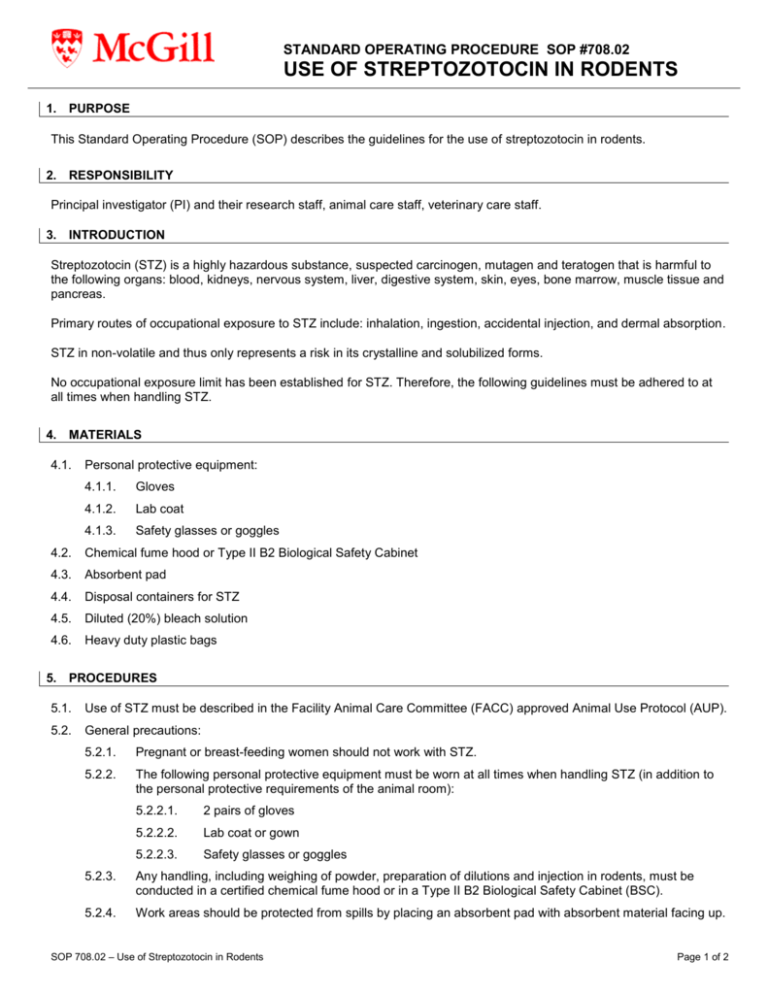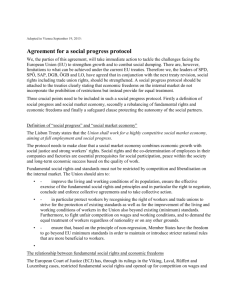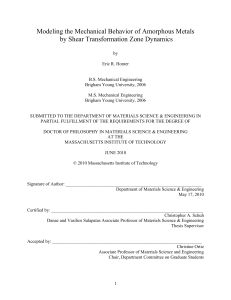“Streptozotocin”. - McGill University
advertisement

STANDARD OPERATING PROCEDURE SOP #708.02 USE OF STREPTOZOTOCIN IN RODENTS 1. PURPOSE This Standard Operating Procedure (SOP) describes the guidelines for the use of streptozotocin in rodents. 2. RESPONSIBILITY Principal investigator (PI) and their research staff, animal care staff, veterinary care staff. 3. INTRODUCTION Streptozotocin (STZ) is a highly hazardous substance, suspected carcinogen, mutagen and teratogen that is harmful to the following organs: blood, kidneys, nervous system, liver, digestive system, skin, eyes, bone marrow, muscle tissue and pancreas. Primary routes of occupational exposure to STZ include: inhalation, ingestion, accidental injection, and dermal absorption. STZ in non-volatile and thus only represents a risk in its crystalline and solubilized forms. No occupational exposure limit has been established for STZ. Therefore, the following guidelines must be adhered to at all times when handling STZ. 4. MATERIALS 4.1. Personal protective equipment: 4.1.1. Gloves 4.1.2. Lab coat 4.1.3. Safety glasses or goggles 4.2. Chemical fume hood or Type II B2 Biological Safety Cabinet 4.3. Absorbent pad 4.4. Disposal containers for STZ 4.5. Diluted (20%) bleach solution 4.6. Heavy duty plastic bags 5. PROCEDURES 5.1. Use of STZ must be described in the Facility Animal Care Committee (FACC) approved Animal Use Protocol (AUP). 5.2. General precautions: 5.2.1. Pregnant or breast-feeding women should not work with STZ. 5.2.2. The following personal protective equipment must be worn at all times when handling STZ (in addition to the personal protective requirements of the animal room): 5.2.2.1. 2 pairs of gloves 5.2.2.2. Lab coat or gown 5.2.2.3. Safety glasses or goggles 5.2.3. Any handling, including weighing of powder, preparation of dilutions and injection in rodents, must be conducted in a certified chemical fume hood or in a Type II B2 Biological Safety Cabinet (BSC). 5.2.4. Work areas should be protected from spills by placing an absorbent pad with absorbent material facing up. SOP 708.02 – Use of Streptozotocin in Rodents Page 1 of 2 5.2.5. Areas where STZ is prepared and/or administered must be cleaned and decontaminated immediately following each procedure. Surfaces with potential for STZ contamination should be routinely cleaned with diluted (20%) bleach solution. 5.2.6. Thoroughly wash hands after handling or administering STZ. 5.2.7. Minor spills should be cleaned with absorbent material or wet-wiped three times. 5.2.8. In case of direct skin contact, immediately flush skin with plenty of cold water. Remove contaminated clothing and shoes. Wash clothing and thoroughly clean shoes before reuse. 5.3. Accidental exposure to STZ must be reported to the individual’s supervisor. A McGill University Accident, Incident & Occupational Disease Report form must be completed: http://www.mcgill.ca/ehs/forms/forms/accident_incident_report/. 5.4. Storage precautions: 5.5. 5.6. 5.4.1. Keep container tightly closed, preferably in a locked cabinet. Keep container in a cool, well-ventilated area away from sources of ignition. 5.4.2. Empty STZ containers pose a fire risk. Evaporate residues under the fume hood and dispose through the Waste Management department. Waste disposal: 5.5.1. Contact the Waste Management department to determine the appropriate containers for disposal of STZ waste. 5.5.2. All containers must be labeled “Streptozotocin”. 5.5.3. All items contaminated or potentially contaminated with STZ (e.g., needles, gloves) must be discarded in the designated container within the chemical fume hood or Type II B2 BSC. 5.5.4. Containers are disposed of through the Waste Management department. Animal husbandry: 5.6.1. Cages of animals treated with STZ must be clearly labeled with: 5.6.1.1. “Streptozotocin” 5.6.1.2. Date of STZ administration 5.6.2. Animal cages should not be changed for a minimum of three days after the date of STZ administration. 5.6.3. On the first cage change following STZ administration, the cage bedding is considered contaminated and must be disposed of in the following manner: 5.6.4. 5.6.3.1. Handle all cages in a chemical fume hood or Type II B2 BSC. 5.6.3.2. Transfer animals to clean cages, change wire bar lids and micro-isolator tops. 5.6.3.3. Place the tops back on the soiled cages and place cages in a heavy duty plastic bag. 5.6.3.4. Twist the ends of the bags and seal with elastic band or seal with tape. 5.6.3.5. Label the bags “Streptozotocin”. 5.6.3.6. Bags must be emptied in a filtered a chemical fume hood or Type II B2 BSC After this first cage change, cages can be handled without any further precautions. Comparative Medicine & Animal Resources Centre Page 2 of 2 SOP 708.02 – Use of Streptozotocin in Rodents Written by: Jim Gourdon, Anna Jimenez Revised on (yy-mm-dd): 10-02-18 Revision # 02 Effective date (yy-mm-dd): 10-02-18








